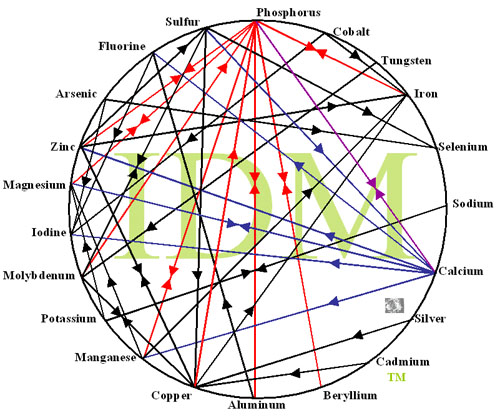Monday, August 10, 2015 - Dietary antagonisms may tie up nutrients and rob cows of needed minerals. Antagonisms can come in a number of forms including:
· Imbalances in inorganic or free minerals
· Poor water quality – It’s not uncommon to come across water with high sulfate (1,000 ppm or more) or iron (0.3 ppm or more) levels. These compounds act as antagonisms in the diet. In one study half of cattle drinking well water with high sulfates (about 1,650 ppm) were fed inorganic trace minerals while the other half of the herd was supplemented with additional chelated organic trace minerals (copper, manganese and zinc in a chelated form). The addition of the chelated organic trace minerals resulted in reduced mortality (4.71 to 2.44 percent) and reduced number of cattle treated (47.09 vs. 37.81 percent).
· Feeds with high mineral levels – One common example is DDGs, as they have high sulfur levels.
· Excess Dietary fiber – New research presented at the American Dairy Science Association meetings demonstrated that fiber can bind zinc and copper when it’s present in the sulfate form.
Many nutritionists’ response to the problem of dietary antagonisms is to simply feed more inorganic trace minerals. Often times, this course of action can exacerbate the existing problem and has the potential to create additional mineral imbalances.
ABC Comment: No laboratory test is as accurate as the cow’s innate ability to balance her own mineral needs - if given the choice. ABC’s self-fed cafeteria style is the best way to give her this choice.
The cow understands the implications of the mineral wheel shown at right, even if nutritionists do not.
Visit this link for more information